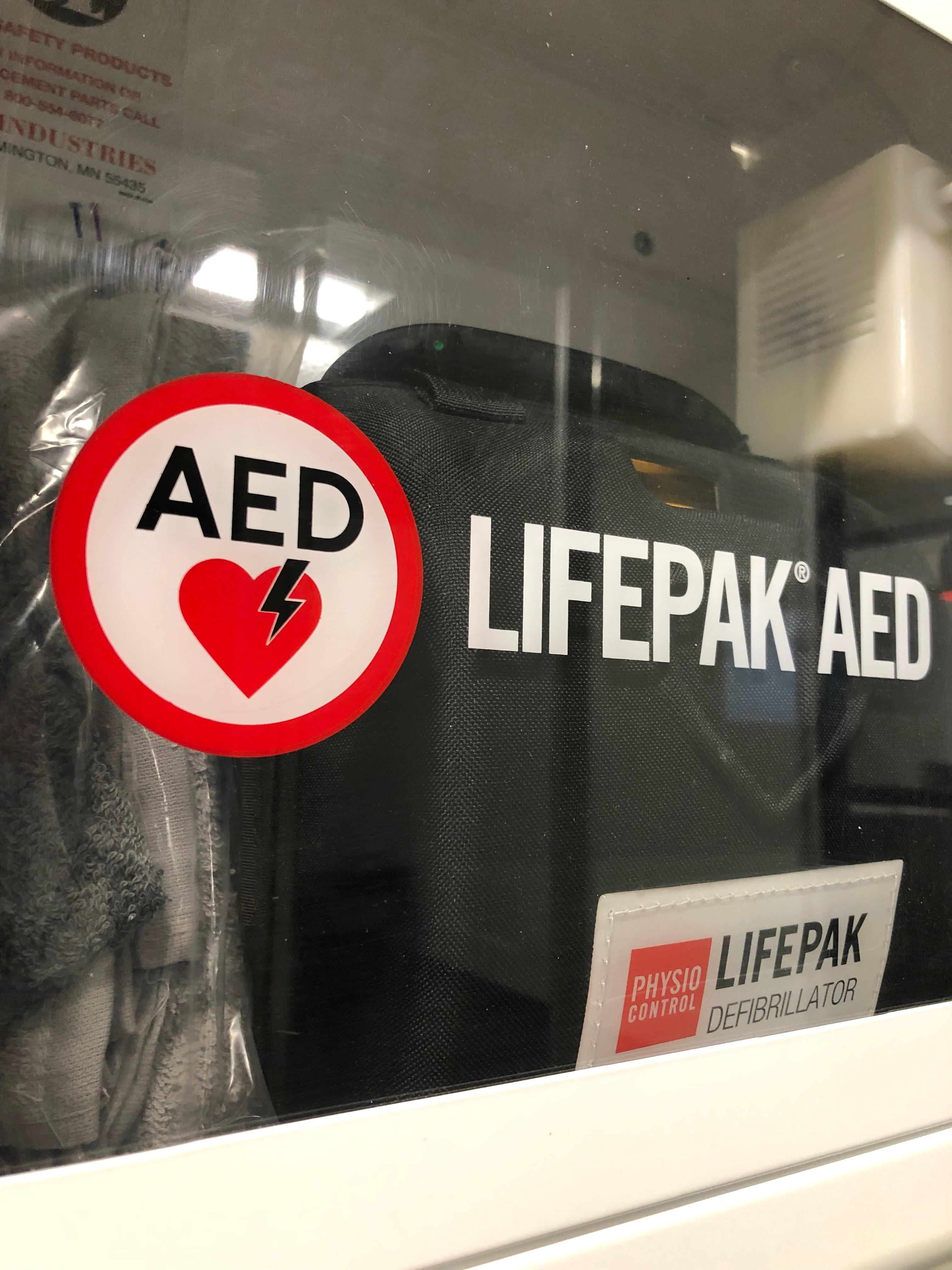AEDs Save Lives

Sudden cardiac arrest happens quickly and most often without warning. An electrical malfunction causes your heart to beat irregularly. Your brain doesn't get enough blood. Your lungs and other organs don't get enough blood. Within seconds, you have no pulse. Within minutes, you're dead.
Hold on. It's not all doom and gloom. There is good news. If you're lucky enough, someone nearby will call 9-1-1 and start hands-only CPR. Survivors of cardiac arrest are among those who get bystander CPR (given by witnesses prior to EMS arriving). If you're really lucky, there will be an automated external defibrillator (AED) nearby. Often found in airports, shopping malls, sports venues, schools and gyms, AEDs are sophisticated and easy-to-use portable devices that can detect and treat ventricular heart problems by applying electricity. The "shock" restores the normal heart rhythm, and a pulse returns within 30 to 45 seconds, if successful.When someone collapses and seems lifeless, follow these steps:
- Call 9-1-1.
- Start hands-only CPR.
- Ask if there is an AED nearby.
- Set up the AED.
- Follow AED instructions.
- After the shock: Resume CPR and continue to follow AED prompts.

